Odd things, knees, when you think about it.
At some point in evolutionary history, nature decided that instead of walking on a single, rigid stick, life would be better if we broke the stick in the middle and made it floppy, and then had to have a complicated system of muscle and tendons and ligaments to make it all go straight again. Why? If a straight leg was too long, surely the answer was just to make it shorter. But knees are popular, and almost every vertebrate creature (and many invertebrates) has them. If you were to be reincarnated as something knee-less, you’d be talking slime moulds, flatworms and things like that.
Knees are on my mind right now because I’ve just had one of mine replaced following an accident. Bone and cartilage have been substituted with metal and plastic. And the short recovery time when I didn’t have a usable one left me with a better appreciation for the role that knees play. Crouching down. Picking things up off the floor, Climbing steps, walking uphill. So it turns out that knees are a pretty good idea, after all. They come in a variety of shapes and sizes, and I recently saw an excellent display of decidedly odd knees from a decidedly odd bird.
The spoonbill is a bird that I typically associate with Africa. They have that exotic feel about them, like hippos and lions. Yet the spoonbill is, surprisingly, as British as double-decker busses and dismally wet weather. They were a regularly breeding British bird in southeast England until dying out in the mid 17th century. Now, thanks in part to habitat restoration, they are back and breeding here again. A couple dropped in to the Wildfowl and Wetland Trust’s Slimbridge reserve reently, and this one gave an impressive display of gymnastics.
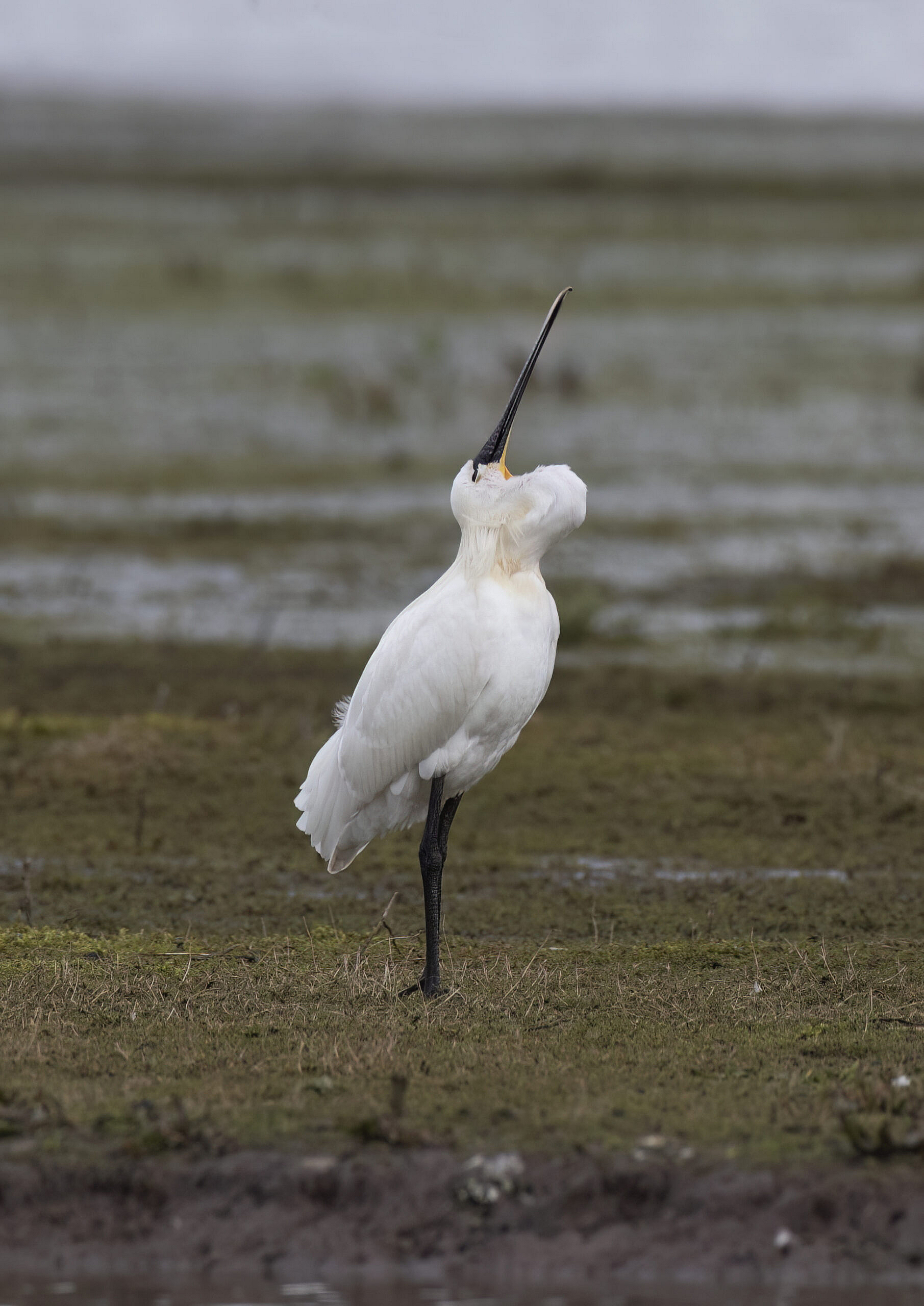
A spoonbill’s ‘spoons’ are an elongated bill. Two long, flat plates that end in a circular shape that is very slightly downcurved at the tip. The edges curve inwards, and at the spoon end are equipped with taste sensors and lined with thin ridges that help to trap prey, while at the head end, they have rows of small teeth-like projections called ‘tubercules’ which are believed to help the spoonbill to grip and break up its food. The spoonbill feeds by lowering its spoons into shallow water, slightly agape, then swinging its head from side to side as it walks, snapping the spoons shut on any prey it finds. So where do the knees come in?
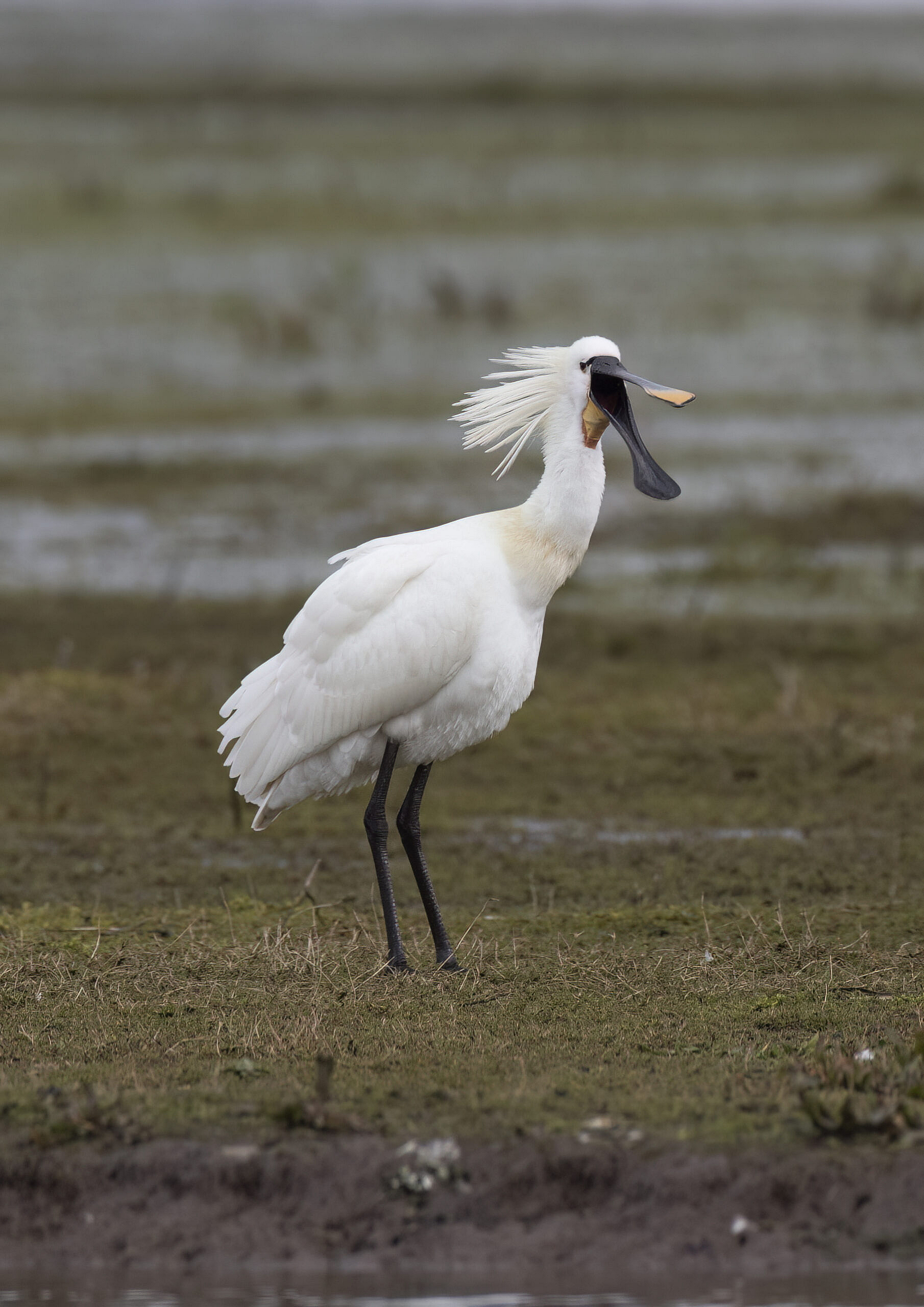
To begin with, a spoonbills legs and knees are narrower from side to side than they are from front to back. This means that as the spoonbills stalks through the water, it makes far less disturbance to warn fish and other prey that there is a predator about. But when the spoonbill was being designed, somebody clearly made a mistake and put the the spoonbill’s knees on backwards. And that means that when the spoonbill wants to sit, it does so in a two-stage rocking movement, reminiscent of a camel.
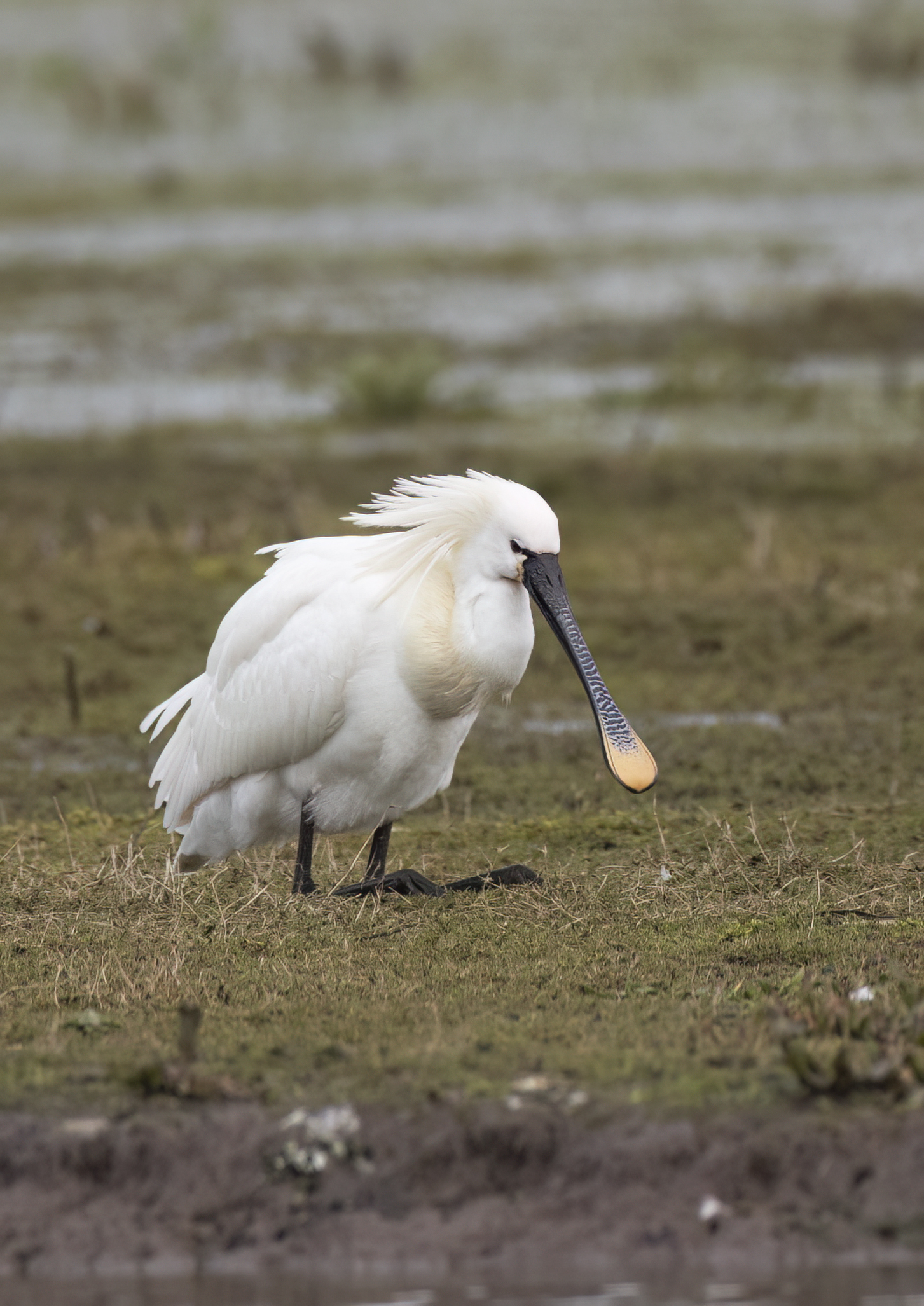
I have no idea why the spoonbill is built this way, but if you’re going to make a bird look as odd as the spoonbill does, then wonky knees somehow seem appropriate.

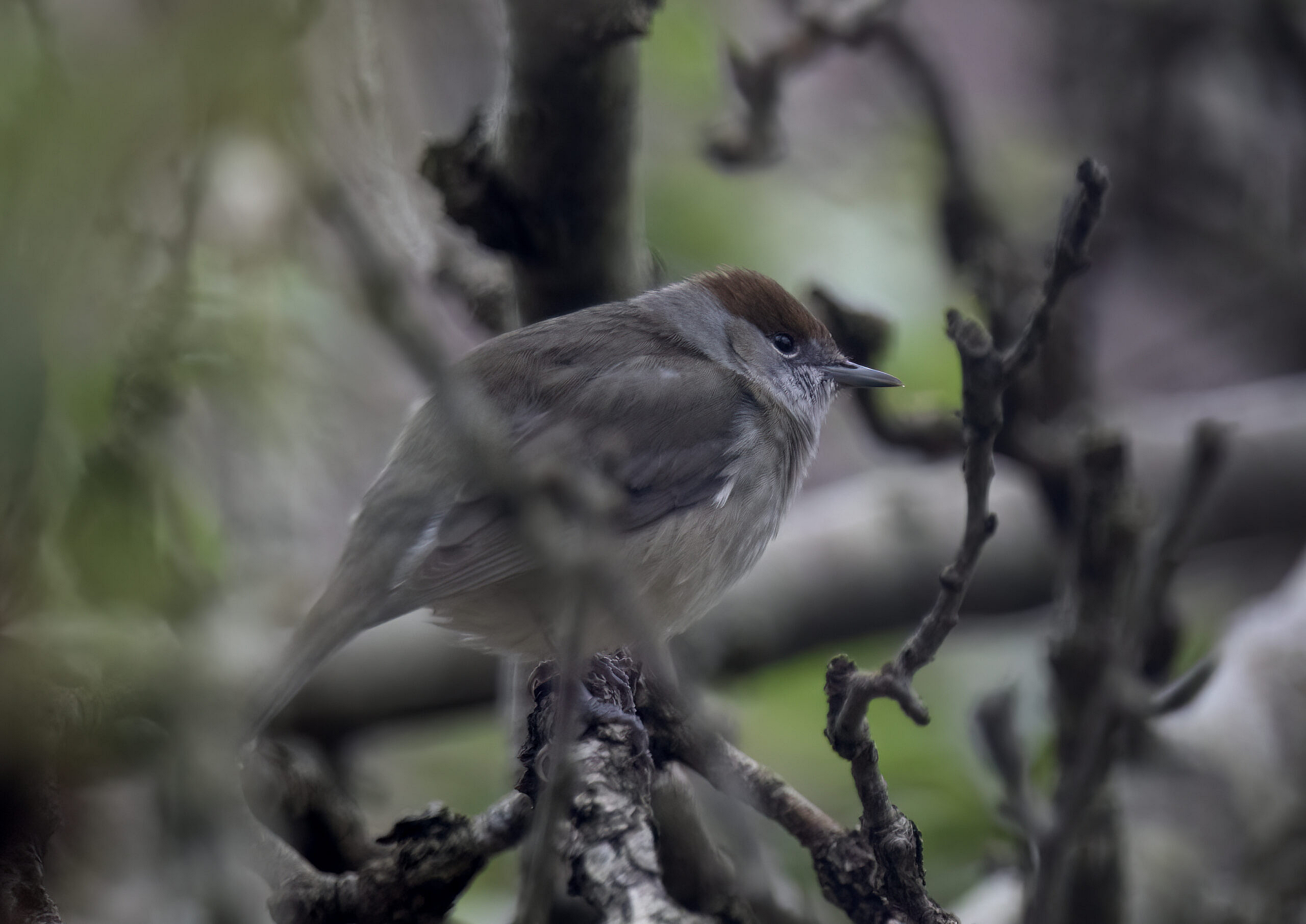
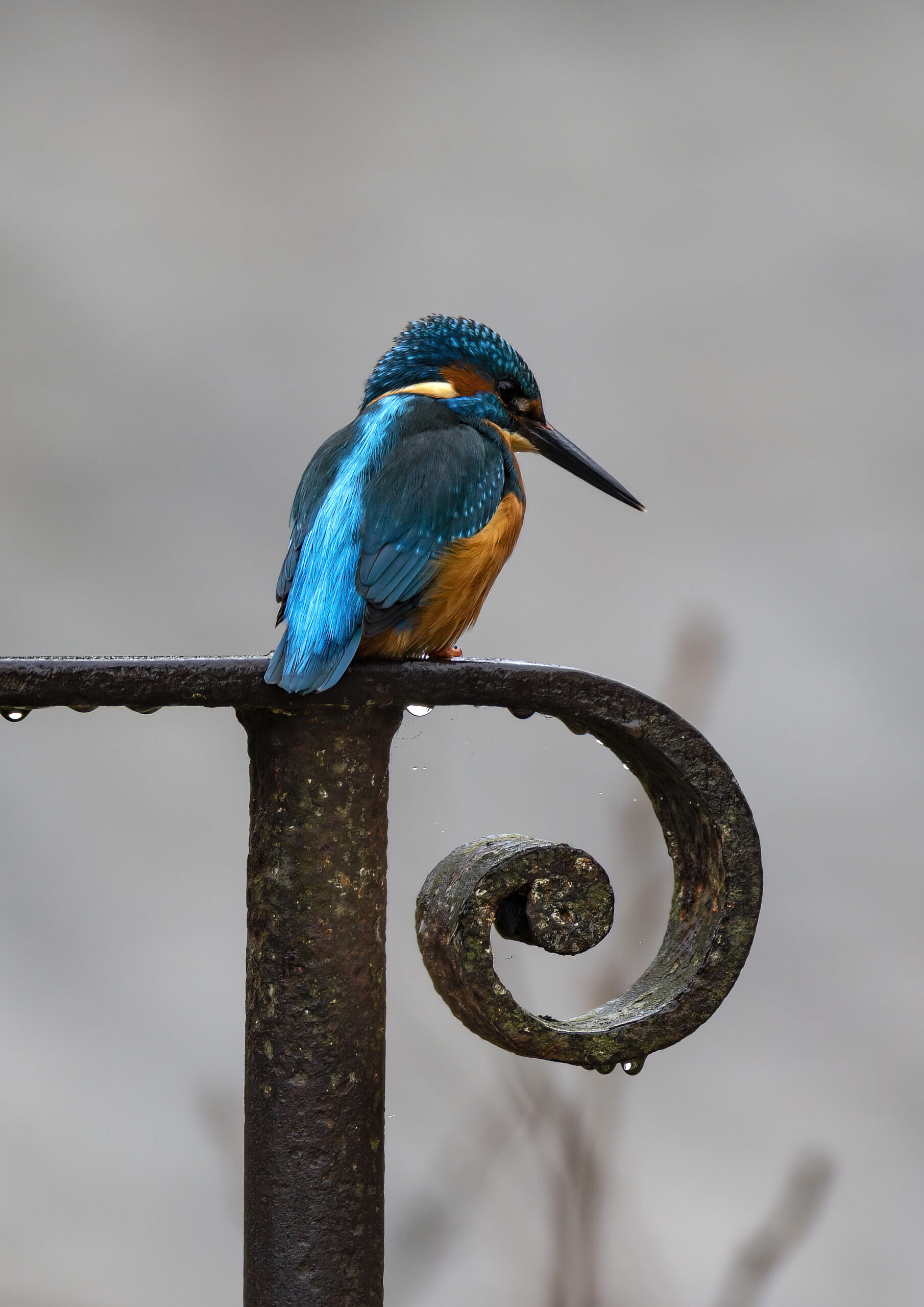
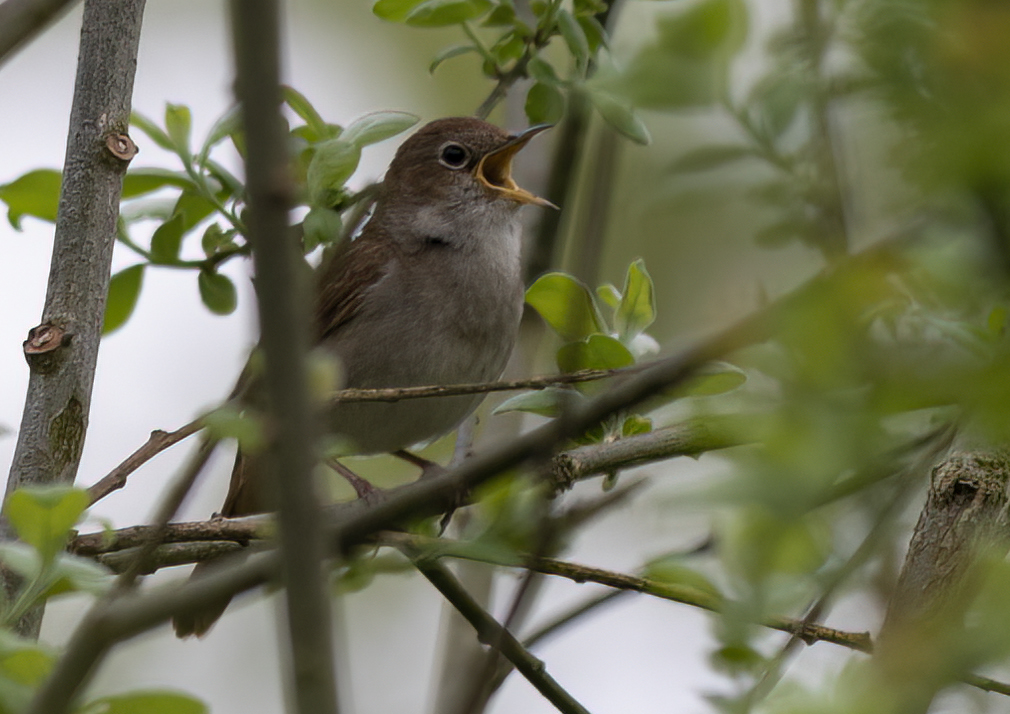

Social Profiles